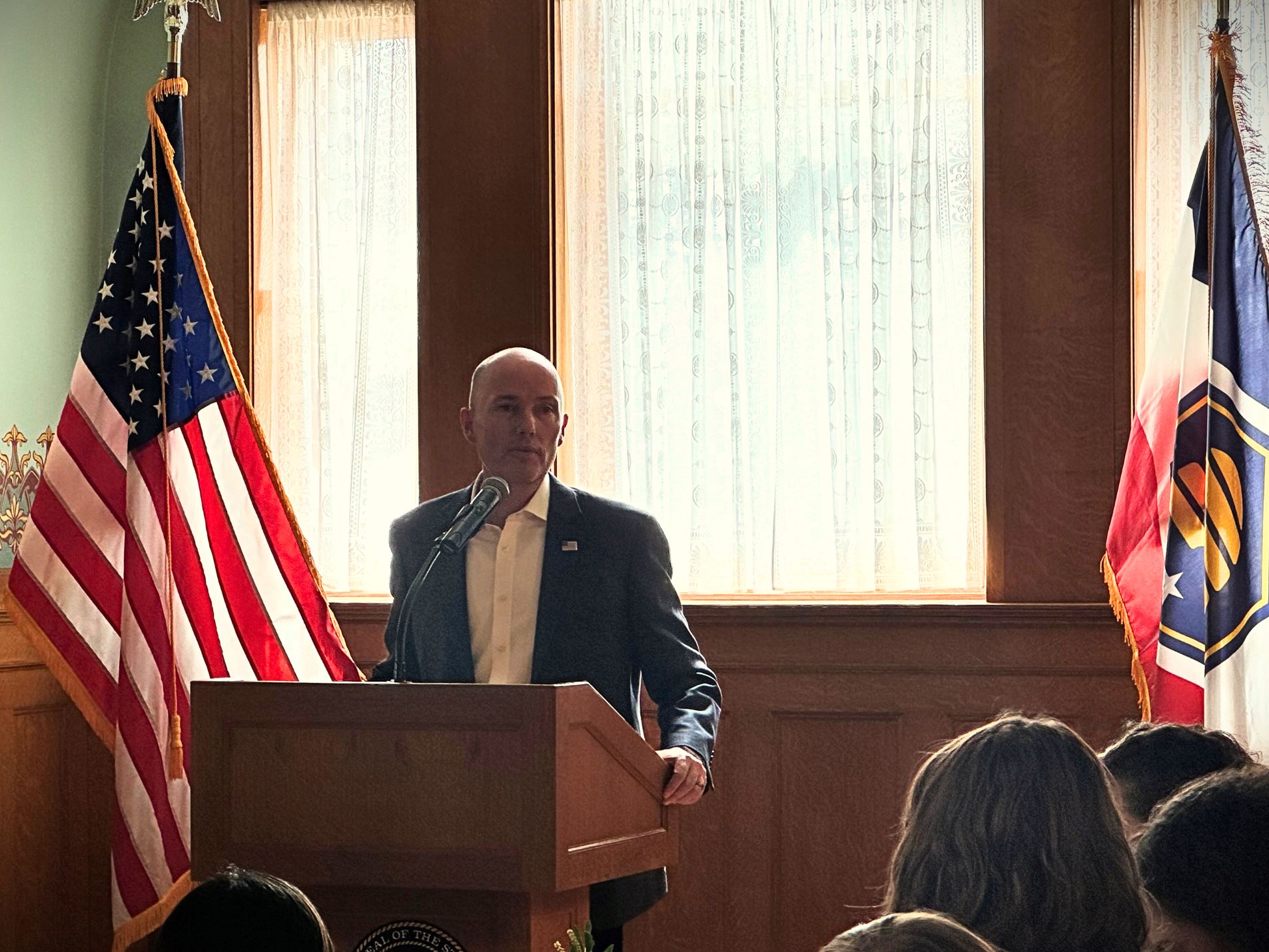MEMORANDUM
To: Senator Orrin Hatch, Chair
Senate Finance Committee
Re: NGA Comments on Federal Tax Reform
NGA believes that no fundamental tax reform can succeed unless it is an intergovernmental effort because decisions at the federal level have consequences for the states. Attached are the policy positions of the nation’s governors regarding tax and public finance matters.
Federal-State Tax Code Linkages
It has been 30 years since the Tax Reform Act of 1986 became law, which was the last period of sustained successful action in Congress to overhaul the federal tax code (“Code”).1 Driving factors today include taxpayer fairness and deficit reduction through closing loopholes and reducing tax expenditures. Another factor that will influence tax reform is the interconnected federal-state relationship because of the variation among states in their linkages to the federal Code.
State income taxes, for both individuals and corporations, often rely on the federal Code, and to a large degree, conform to its features, definitions, eligible deductions, and tax treatment of certain transactions:
- Thirty-six (36) of the 41 states with a broad-based personal income tax base the calculation of state tax on a federal “starting point” such as adjusted gross income (AGI) or taxable income.2
- In the five states that do not use a federal starting point, the various items of income used to calculate the state base are commonly defined with federal Code definitions.3
- Of the 46 states that levy a tax based on corporate income, all of them effectively use “federal taxable income,” with certain modifications, as the starting point for state tax computations.4
States conform to the federal Code because it promotes taxpayer simplicity and compliance. Moreover, many states rely on federal reporting mechanisms to help administer state tax systems. Changes to deductions, credits, exclusions, and exemptions in the federal Code, however, would have corresponding revenue and economic implications for each state depending on its relationship to the federal Code. Shifting the federal system of income taxation to something else like a sales or consumption tax also could damage administrative viability and limit state control of their tax systems because of federal encroachment into the traditional tax base of states.
Tax Reform Risks for Municipal Bonds
A key issue for states in federal tax reform is safeguarding public financing— notably tax-exempt bonds — because it is the primary method to finance infrastructure projects. During previous rounds of congressional consideration of federal tax reform several scenarios beside the status quo were discussed:
- Eliminate the Tax Exclusion. The National Commission on Fiscal Responsibility and Reform (i.e. “Simpson-Bowles”) in its December 2010 report included an “illustrative proposal” to end the exclusion from taxable income for municipal bond interest.
- If municipal bond interest were taxable, or if the federal tax-exempt status on state and local bonds were lifted, the cost of borrowing, and therefore of financing infrastructure, would rise for states.
- The cost increase would limit infrastructure investments because issuer costs would rise since investors would demand higher yields to compensate for the lost exclusion. This would result in lost jobs, reduced economic growth, higher taxes on citizens to cover the higher yields, or some combination.
- Cap Federal Deductions and Exclusions. Proposals to cap all federal deductions and exclusions remain a perennial suggestion to help reduce the deficit and streamline the federal tax code. While its form could vary either as a percentage cap on high-income taxpayers, or a hard dollar cap applied to all taxpayers who itemize their returns, the effect on municipal bonds would be damaging.
- A “hard dollar” cap crowds out lower-valued deductions and exclusions in favor of higher valued ones like mortgage interest and charitable contributions, effectively making municipal bonds taxable for most taxpayers who itemize.5 Likewise, a percentage cap would not result in investors rebalancing their tax-exempt portfolios fully into taxables. They would instead seek other ways to adjust their portfolios for tax purposes, which would lower federal revenue projections under this option.
- If a cap were applied to both new and outstanding bonds retroactively, it changes the terms of those outstanding bonds for investors, creating legal and market disruptions that could put issuers at risk.
- Moreover, a cap creates new technical complexities for both taxpayers and the IRS because the process for calculating the cap would not be simple.
- Other Options. Opponents of the interest exclusion for municipal bonds have suggested alternatives such as tax credit and direct subsidy bonds to replace tax-exempt bonds.
- Replacing the long-standing tax-exempt market with a tax-credit bond program would harm state and local issuers because investors do not purchase those types of bonds on a wide scale although they are currently available. Converting to tax credits would increase costs to state and local issuers because investors would demand higher yields, which may also crowd out smaller issuers that do not go to market regularly.
- Direct subsidy bonds have complemented the tax-exempt market, most notably during 2009-2010 with the Build America Bonds program (BABs). BABs were taxable bonds where the federal government provided the state and local issuer a variable subsidy equal to 35 percent of the interest payable over the lifetime of the bonds. However, replacing the tax-exempt market with direct subsidy bonds, most likely at a significantly lower subsidy rate around 25 percent, would limit the scope of financing tools available to state and local issuers, increase costs because of investor demand for higher yields, and inject new uncertainty whether future Congresses would reduce federal subsidy payments.6
Finally, the mere discussion about altering the current tax treatment of municipal bonds injects uncertainty into bond markets and raises concern for investors who would likely demand risk premiums on future bond issuances.
* * *
Attachments
CC: Sen. Ron Wyden, Ranking Member, Senate Finance Committee
1. In 2015, Congress made permanent as part of comprehensive tax extenders legislation state and local sales and income tax deductibility. Pub.L 114-113 (2015).
2. According to the Federation of Tax Administrators (FTA), seven states do not impose a state personal income tax: Alaska, Florida, Nevada, South Dakota, Texas, Washington, and Wyoming. In addition, Tennessee and New Hampshire impose an income tax on interest and dividends only. FTA (2016)
3. According to the FTA, those states are Alabama, Arkansas, Mississippi, New Jersey, and Pennsylvania.
4. Four states do not impose an income tax at the corporate or business entity level: Nevada, South Dakota, Washington, and Wyoming. FTA (2016).
5. The American Taxpayer Relief Act of 2012 renewed dormant provisions to establish a personal exemption phase-out (“PEP), and an overall limit on itemized deductions (“Pease”), phased in starting at either $250,000 AGI (individual), or $300,000 AGI (married).
6. For instance, in 2012, outstanding BABs were subject to a 7.6 percent cut in federal direct subsidy interest payments to state and local issuers because of federal sequestration.












